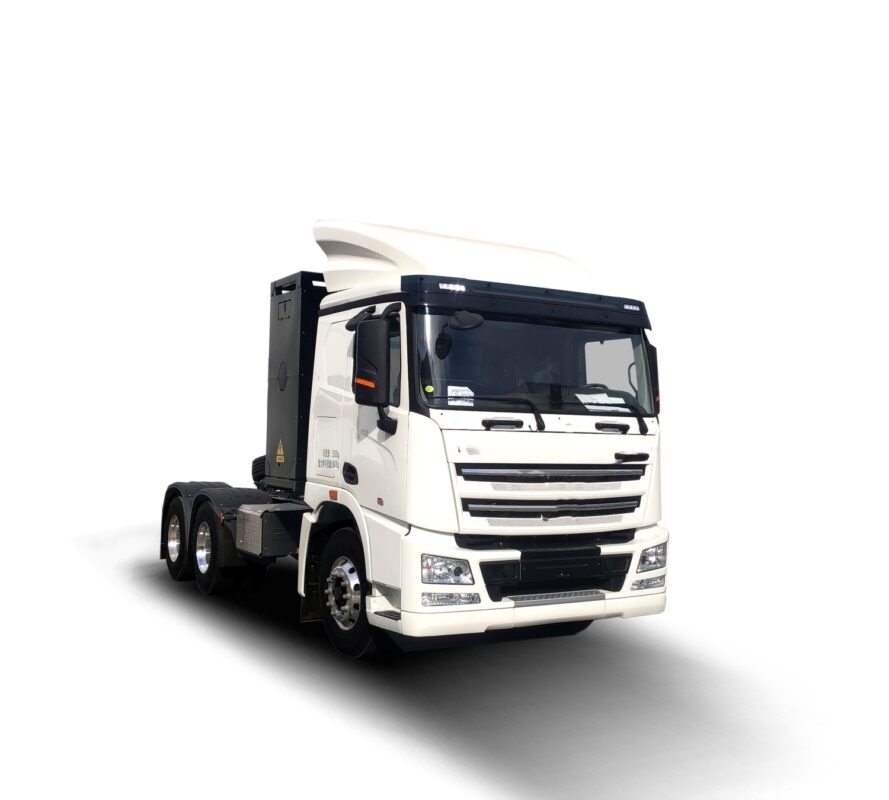Berita Lori Elektrik
Mengapa tidak disyorkan untuk membeli kereta hibrid?
Dihantar pada oleh Lori Elektrik
Dalam landskap industri automotif yang sentiasa berubah, Pilihan antara pelbagai jenis kenderaan boleh menjadi keputusan yang rumit. Hybrid cars, yang duduk sebagai produk peralihan antara kenderaan bahan api tradisional dan kenderaan tenaga baru sepenuhnya elektrik, mungkin kelihatan seperti pilihan yang selesa pada pandangan pertama. They offer the ability to switch between using electricity and burning fuel, providing flexibility and potentially greater fuel economy. Walau bagaimanapun, there are several significant reasons why experienced veteran drivers and some consumers may not recommend purchasing Kereta hibrids.
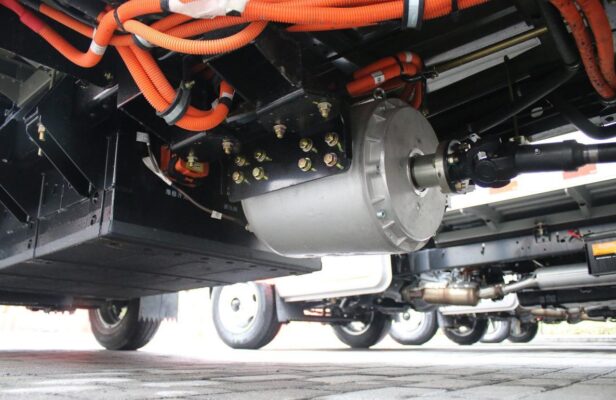
First and foremost, one of the major drawbacks of Kereta hibrids is their high price. While regular new energy vehicles often come with certain subsidies to encourage their adoption, not all hybrid models are eligible for purchase subsidies. Manufacturers need to invest a substantial amount of money in researching and developing hybrid technologies. This investment inevitably leads to higher production costs, which are then passed on to the car owners. Akibatnya, the price of Kereta hibrids can be significantly more expensive than their traditional fuel counterparts or even some fully electric vehicles.
Contohnya, when considering a budget-conscious consumer looking to purchase a new vehicle, the higher price tag of a Kereta hibrid may put it out of reach. The additional cost can be a deterrent, especially when considering that the savings on fuel and maintenance over time may not offset the initial higher purchase price. Selain itu, in a market where consumers are constantly looking for value for money, the expensive price of Kereta hibrids can make them a less attractive option.

Second, safety is a major concern when it comes to Kereta hibrids. Dalam beberapa tahun kebelakangan ini, there have been numerous news reports of hybrid models experiencing spontaneous combustion. This sudden and unexpected phenomenon poses a significant threat to the safety of car owners and passengers. The risk of spontaneous combustion not only causes immediate danger but also raises concerns about the long-term reliability and safety of these vehicles. Akibatnya, it becomes difficult for Kereta hibrids to maintain strong sales figures when safety is in question.
Imagine a family considering a Kereta hibrid for their daily commute. The thought of their vehicle potentially catching fire without warning can be extremely worrying. This uncertainty can lead them to choose a different vehicle option that offers a greater sense of safety and peace of mind. Di samping itu, the reputational damage caused by these incidents can further erode consumer confidence in Kereta hibrids.
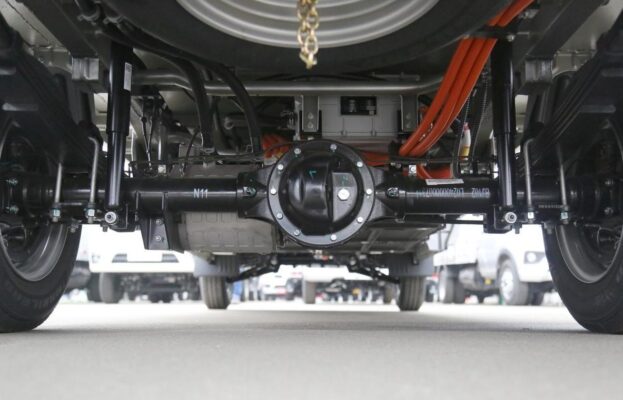
Third, charging issues present another significant challenge for Kereta hibrid owners. Since one of the energy sources for Kereta hibrids is electricity, access to charging infrastructure is essential. Walau bagaimanapun, currently, charging piles are not yet widespread enough to provide convenient charging options for all Kereta hibrid users. Finding a charging pile can be a time-consuming and frustrating task, especially in areas where the infrastructure is limited.
For those who frequently go on long-distance trips, the concern about running out of electricity while on the road becomes a real issue. In the case of insufficient fuel and a lack of accessible charging piles on the highway, car owners may find themselves in a difficult situation. The uncertainty of being able to find a charging station can cause anxiety and inconvenience, membuat Kereta hibrids less practical for long-distance travel.
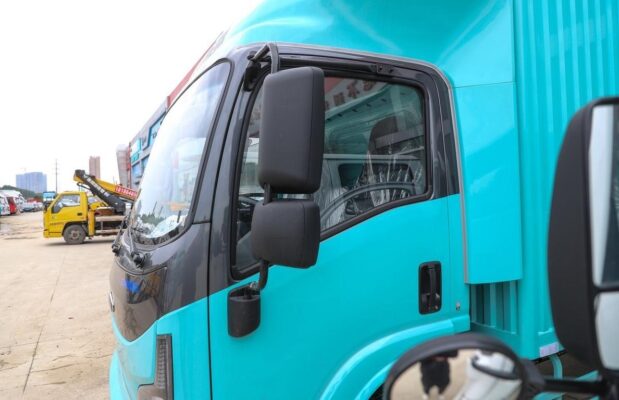
Contohnya, a business traveler who needs to cover long distances regularly may hesitate to choose a Kereta hibrid due to the potential difficulties in finding charging facilities. The added stress of worrying about running out of electricity and being stranded on the road can make the driving experience less enjoyable and more problematic.
Fourth, Kereta hibrids often come with high maintenance costs. Although the technology of hybrid power models has become relatively mature over time, when a malfunction occurs, the cost of repair and maintenance can be very expensive. Contohnya, battery failures and the need for battery replacements after the end of battery life can be a significant financial burden. Hybrid cars have complex systems that combine both traditional combustion engines and electric motors, along with associated batteries and control systems. This complexity means that repairs and replacements can be more intricate and costly compared to traditional fuel vehicles.
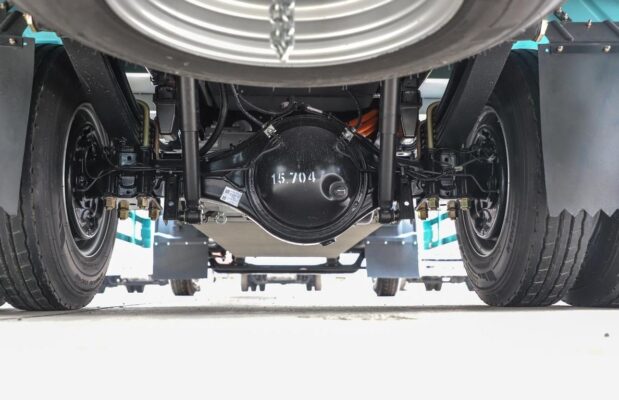
Consider a car owner who experiences a battery failure in their Kereta hibrid. The cost of replacing the battery can be several thousand dollars, depending on the model and make of the vehicle. This expense can be a shock to the owner and may make them question the long-term affordability of owning a Kereta hibrid. Di samping itu, specialized mechanics and technicians may be required to diagnose and repair hybrid systems, further adding to the cost.
Despite these drawbacks, hybrid models do have certain advantages. They can refuel at gas stations, providing the convenience of traditional fuel vehicles. Pada masa yang sama, they can also use electricity, which can be more economical, especially with high fuel costs. When using electric drive, Kereta hibrids can achieve zero emissions, yang memberi manfaat kepada alam sekitar. Di samping itu, the power performance of Kereta hibrids can be strong, with the motor providing increased torque when starting and accelerating.
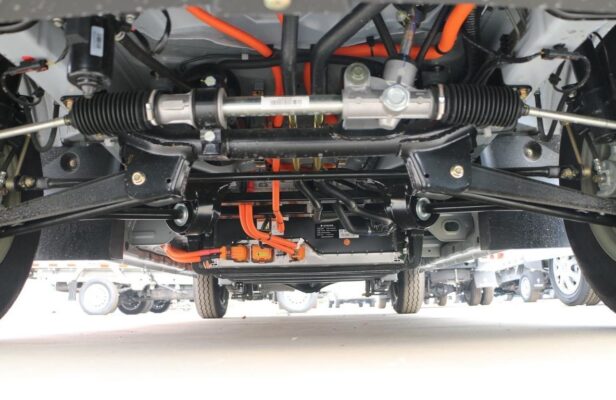
Walau bagaimanapun, these advantages cannot overshadow the significant shortcomings of hybrid models. The relatively short research and development time of hybrid technologies means that some of the fatal flaws may not have been completely resolved. The high price, safety concerns, charging difficulties, and high maintenance costs all contribute to a less favorable overall ownership experience.
Kesimpulannya, while Kereta hibrids may seem like a promising option due to their combination of fuel and electric power, the various drawbacks make them a less than ideal choice for many consumers. As the automotive industry continues to develop and evolve, it remains to be seen whether Kereta hibrids can overcome these challenges and gain wider acceptance. In the meantime, consumers need to carefully weigh the pros and cons before deciding whether to invest in a hybrid vehicle.
